
Saul
When it comes to painting projects, choosing the right tools can make all the difference in achieving a flawless finish. Among the most common tools are brushes and rollers, each with its strengths and limitations. But how do you decide which one is right for your next project? In this article, we’ll dive into the pros and cons of each tool, their specific uses, and tips for selecting the best option based on your surface and desired finish. Let’s settle the brush vs. roller debate once and for all!
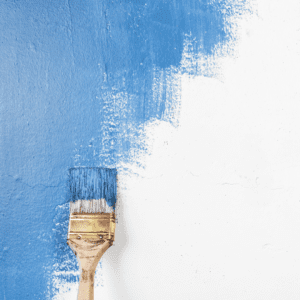
The Brush: A Tool of Precision
Types of Brushes
Brushes come in various shapes, sizes, and bristle types, each designed for specific tasks.
- Flat Brushes: Ideal for covering large, flat surfaces like furniture and doors.
- Angled Brushes: Perfect for cutting in around edges, corners, and trim work.
- Round Brushes: Best for detailed work, such as painting intricate patterns or molding.
- Bristle Types:
- Natural Bristles: Made from animal hair, they are excellent for oil-based paints.
- Synthetic Bristles: Typically made from nylon or polyester, they are versatile and work well with water-based paints.
Pros of Using Brushes
- Precision: Brushes are unbeatable for intricate work, detailed designs, and painting corners or edges.
- Versatility: They work well on small, uneven surfaces like trim, furniture, and textured walls.
- Control: Offer excellent control for creating smooth lines or artistic effects.
Cons of Using Brushes
- Time-Consuming: Painting large areas with a brush can be labor-intensive and slow.
- Potential for Streaks: Inexperienced users may leave visible brush marks.
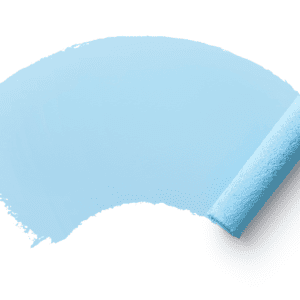
The Roller: Speed and Coverage
Types of Rollers
Rollers are designed for efficiency and come in various sizes and materials.
- Standard Rollers: Best for large, flat surfaces like walls and ceilings.
- Mini Rollers: Perfect for small areas and tight spaces.
- Specialty Rollers: Include textured rollers for decorative finishes and foam rollers for smooth surfaces.
Nap Lengths
The roller’s nap (fabric thickness) determines how much paint it can hold and how it interacts with the surface:
- Short Nap (¼” to ⅜”): Ideal for smooth surfaces like drywall or plaster.
- Medium Nap (½”): Suitable for semi-rough surfaces like textured walls.
- Long Nap (¾” and above): Best for rough or porous surfaces like brick and concrete.
Pros of Using Rollers
- Efficiency: Rollers cover large areas quickly, making them ideal for walls, ceilings, and floors.
- Smooth Finish: When used correctly, they provide even coverage without visible marks.
- Cost-Effective: Generally use less paint per square foot compared to brushes.
Cons of Using Rollers
- Limited Precision: Rollers struggle with corners, edges, and intricate details.
- Mess Potential: They can splatter paint, especially when overloaded or used too quickly.
Head-to-Head: Brush vs. Roller
Feature | Brush | Roller |
Coverage Area | Best for small, detailed areas | Best for large, flat areas |
Ease of Use | Requires skill for smooth results | Easier to master for beginners |
Application Speed | Slower | Faster |
Precision | Excellent for fine details | Poor for intricate work |
Finish Quality | May leave marks (if misused) | Provides smooth, even coats |
Cost | Typically lower upfront cost | Slightly higher for rollers and trays |
When to Choose Each Tool
Scenarios Favoring Brushes
- Trim and Molding: The precision of a brush makes it ideal for painting edges, baseboards, and intricate details.
- Touch-Ups: Great for fixing small imperfections or missed spots.
- Artistic Finishes: Essential for creating textured effects or unique designs.
Scenarios Favoring Rollers
- Walls and Ceilings: Rollers excel in covering large, flat surfaces quickly and evenly.
- Textured Surfaces: Longer naps can handle rough textures like stucco or brick.
- Uniform Finishes: Perfect for achieving a professional-looking, streak-free finish.
Maintenance and Cleaning Tips
Brush Care
- Clean Immediately: Use water for latex paints and paint thinner for oil-based paints.
- Remove Excess Paint: Wipe off any remaining paint before rinsing.
- Store Properly: Keep brushes flat or hanging to maintain bristle shape.
Roller Care
- Clean Thoroughly: Remove the sleeve and rinse under running water or use a paint thinner for oil-based paints.
- Dry Completely: Squeeze out excess water and let it dry standing upright.
- Reuse or Replace: High-quality roller covers can be reused, but disposable covers should be replaced after use.
Cost-Effectiveness: Which Offers More Value?
While brushes are often cheaper upfront, rollers may save time and reduce paint consumption for large projects, potentially lowering overall costs. Consider investing in high-quality tools for better durability and results. A poorly made brush or roller can lead to uneven application and wasted materials.
Tips for Choosing the Right Tool
- Surface Type: Use brushes for uneven, detailed surfaces and rollers for flat, expansive areas.
- Finish Desired: Opt for brushes if you’re aiming for texture or precision, and rollers for smooth, even coats.
- Project Size: Rollers are your go-to for large-scale projects, while brushes are ideal for smaller tasks.
Final Thoughts
The choice between a brush and a roller depends on the nature of your project, the surface you’re working on, and the finish you want to achieve. Often, the best approach is to use both tools in tandem: start with a brush for corners and edges, then switch to a roller for the main areas. With the right tools and techniques, you’ll be well on your way to a professional-looking paint job that you can take pride in.
Share:
Related Posts
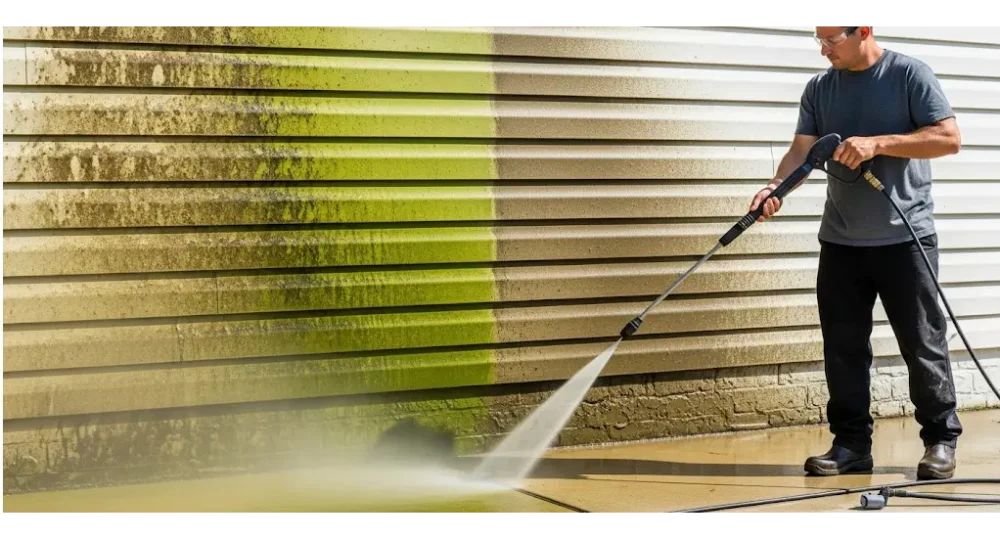
Pressure Washing in Jacksonville vs. Repainting: Which Saves More?
Property managers often feel the pressure of deciding whether to spend it on repainting their properties or getting pressure washing in Jacksonville to give their

The Red Flags of Unreliable Exterior Painting Contractors
Homeowners tend to focus on cost and schedules when they are hiring exterior painting contractors. They tend to overlook the damage that haste can do
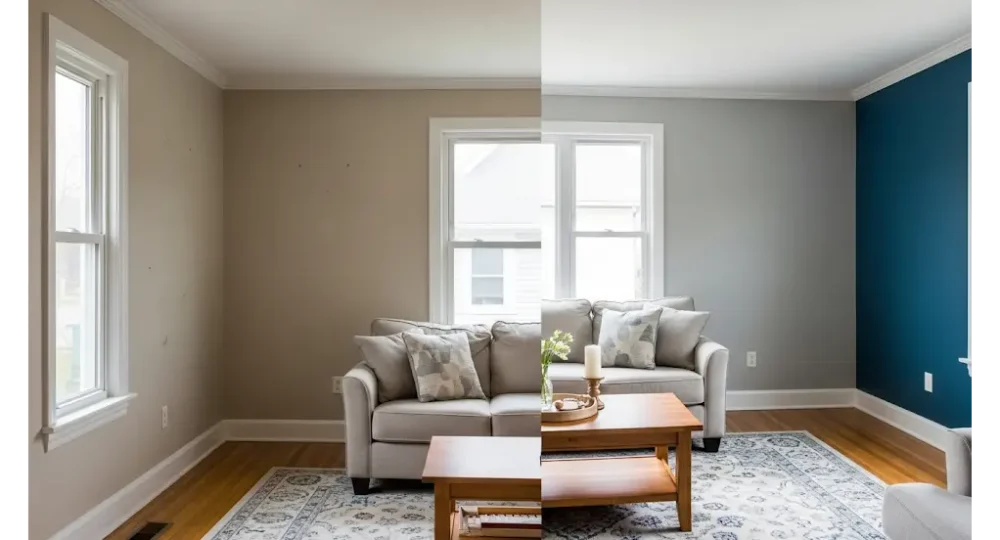
Why Interior Painters in Jacksonville, FL, Recommend Painting Your Home
When homeowners think about updating their living spaces, they probably imagine big renovations taking weeks and costing a fortune. The fastest and most effective refreshment

How House Painters in Jacksonville Pick the Right Hues
Colors can change how a person feels in a place, change their mood, and define the overall feel of a room. A lot of people
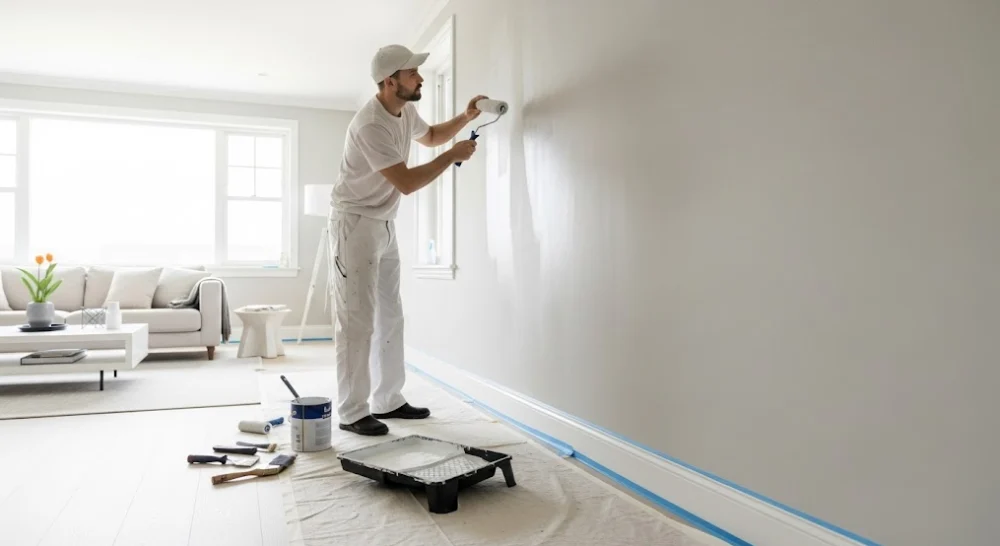
How Interior House Painters Can Boost Your Property Value with a Fresh Look
When it comes to making a home more appealing, interior house painters play a very special role that many homeowners tend to overlook. A well-thought-out
